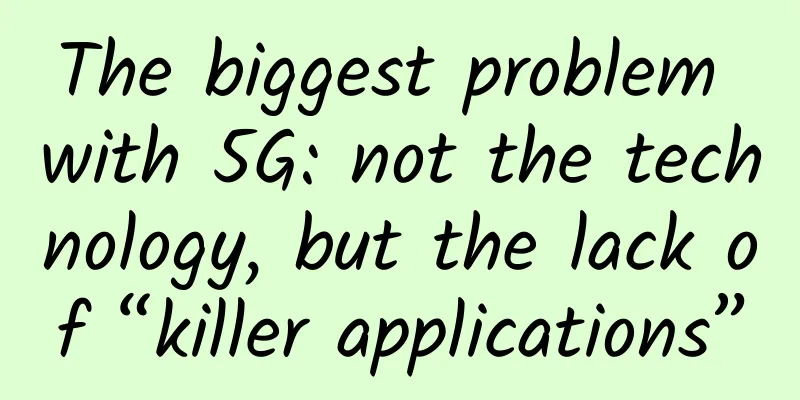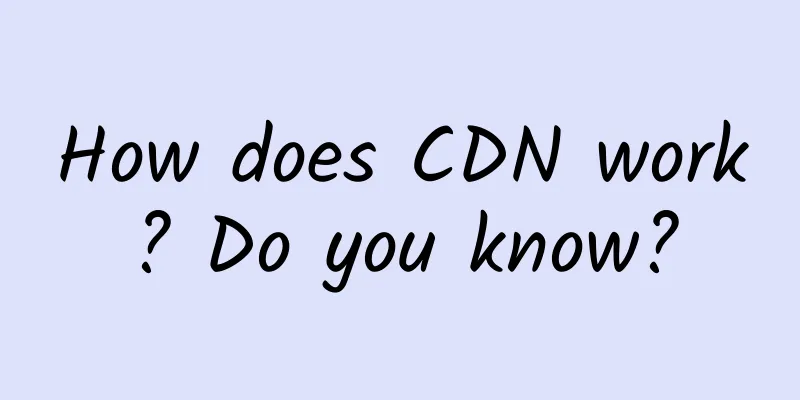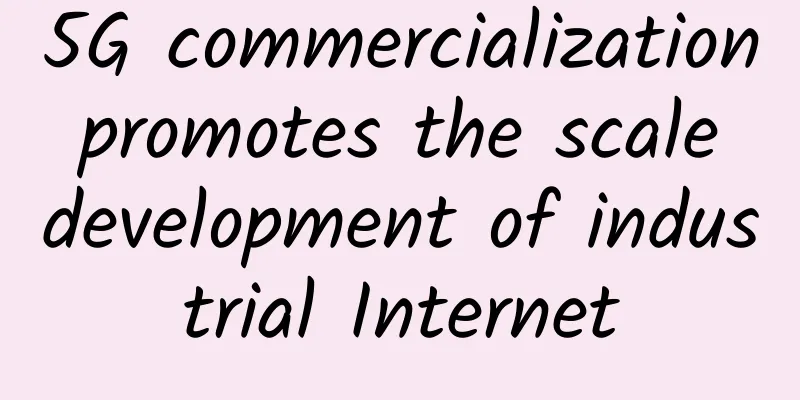The biggest problem with 5G: not the technology, but the lack of “killer applications”

|
The global 5G progress forecast released by Credit Suisse shows that the biggest problem facing 5G in the future is not technology, but the lack of "killer applications."
Credit Suisse said that by 2024, 5G mobile phones will drive 5G users to 2.3 billion, and global revenue is expected to reach $383 billion. The release of the 5G iPhone will be a catalyst. However, due to the lack of "killer applications", the expected revenue growth rate is only 1.3% per year. While there may be exciting 5G applications in the future, so far there is no 5G "killer app" for mass consumers like streaming media did for 4G. As a result, so far, most of the 5G commercial promotion is still focused on large data traffic packages and 5G mobile phones, rather than new services that users are willing to pay for. For example, South Korean operators promoted 5G usage by offering unlimited data packages, while relying heavily on 5G phones as a marketing tool. Operators encouraged users to use 5G to get the latest popular models and phone colors. Initially, operators also provided large mobile phone subsidies, but now they have gradually reduced subsidies to improve profitability. The situation of Chinese operators is similar, except that they do not provide mobile phone subsidies. In addition, European operators are also focusing on large data packages, encouraging upselling to existing customers who use high-priced packages. In the United States, the launch of 5G Apple phones is crucial to the popularization of 5G, and profitability will largely depend on the level of subsidies. Credit Suisse said that globally, the lack of "killer applications" will limit the revenue growth rate of the 5G field to 1.3% per year in the 2019-2024 fiscal year. Regarding the 5G streaming service that many people are optimistic about, Credit Suisse said that streaming is the main consumer usage scenario of the Internet today, both in terms of overall Internet traffic and user usage time. However, the perfect 4G network can already provide smooth streaming services, even high-definition videos. |
<<: Do we really need a cloud-native edge to support 5G?
>>: Foreign media attention: China completes 5G base station construction target ahead of schedule
Recommend
5G empowers thousands of industries and builds a new blueprint for future energy
The importance of energy to national development ...
What do Wi-Fi 4/5/6/7 stand for? Learn about the evolution of Wi-Fi in one article
Wi-Fi is the abbreviation of Wireless Fidelity. I...
Ten Tips to Simplify Fiber Optic Cable Installation
Installing fiber optic cable is a complex and tim...
How IPv6 works in the Internet
[[342618]] This article is reprinted from the WeC...
[5.1] DogYun: 30% off on all dynamic clouds, 20% off on classic clouds, 10 yuan free for every 100 yuan recharge, 100 yuan off for independent servers per month
DogYun (狗云) sent this year's May Day event pl...
2017 year-end planning: Five sharp words to help you review the IT operation and maintenance of the year
Speaking of 2017, Bitcoin has experienced several...
2017 F5 makes applications fly!
[51CTO.com original article] In 2017, what will y...
The US Department of Defense opposes satellite communications companies' deployment of 5G networks
On April 20, local time in the United States, the...
5G will become the golden key to open the era of the Internet of Things
The Internet of Things is not new. At the beginni...
Frequency bands and signals: A brief discussion on LTE's MIMO multi-antenna technology
We have seen it in the parameter configurations o...
The Basics: What are edge devices?
Edge devices are more than just hardware, and wit...
Learn about three of the four types of switch messages in one minute: broadcast, multicast, and unknown unicast
With the development of the Internet, various app...
5G is not only faster, but also safer!
As major operators begin to offer 5G packages, th...
Are you still worried about TCP retransmission, sliding window, flow control, and congestion control? You won’t have to worry after reading the diagrams.
Preface The previous article "Whether it is ...
Haha! TCP leaks operating system information...
[[414423]] Hello everyone, I am Xuanyuan. A few d...









